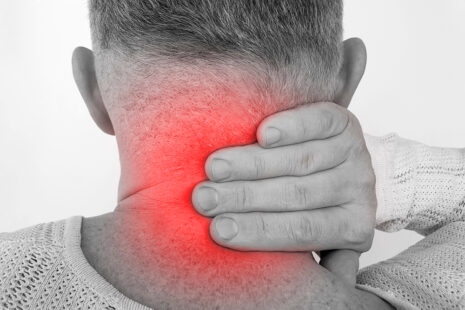There are several reasons why your back pain may not be going away, and it’s crucial to identify the underlying cause to determine the most appropriate course of action.
Some common reasons why back pain persists include…
- Overuse or Poor Posture – Back pain may be caused by overuse of muscles or poor posture during daily activities, such as sitting for long periods, improper lifting techniques, or repetitive movements. If these habits continue, they can contribute to ongoing back pain.
- Muscle Imbalances – Imbalances between the muscles that support your spine can lead to strain and pain. Weak core muscles or tight hip flexors, for example, can put extra stress on the back and lead to discomfort.
- Structural Issues – Underlying structural issues, such as herniated discs, spinal stenosis, or degenerative disc disease, can cause chronic back pain that may require specialized treatment.
- Injuries and Trauma – A previous injury or trauma to the back may lead to ongoing pain and require additional time for healing and rehabilitation.
- Chronic Conditions – Conditions like arthritis, fibromyalgia, or ankylosing spondylitis can cause chronic back pain that requires ongoing management.
- Lack of Physical Activity – A sedentary lifestyle or lack of regular physical activity can contribute to back pain by weakening the supporting muscles and reducing flexibility.
- Stress and Tension – Emotional stress and tension can cause muscle tightness and contribute to back pain.
- Improper Treatment – If the underlying cause of your back pain is misdiagnosed or not effectively treated, the pain may persist.
If your back pain has been ongoing and is not improving, it’s crucial to seek medical evaluation to determine the specific cause of your pain. A healthcare professional, such as a doctor or physical therapist, can conduct a thorough examination, review your medical history, and order imaging tests if needed to provide an accurate diagnosis.
Once the cause of your back pain is identified, a targeted treatment plan can be developed. This may include a combination of pain management strategies, physical therapy, strengthening exercises, stretching, lifestyle modifications, and possibly medications or other interventions.
Every individual’s back pain is unique, and what works for one person may not be suitable for another. The key is to work with a healthcare professional to create a personalized plan that addresses the underlying cause of your back pain and helps you on the path to recovery.




